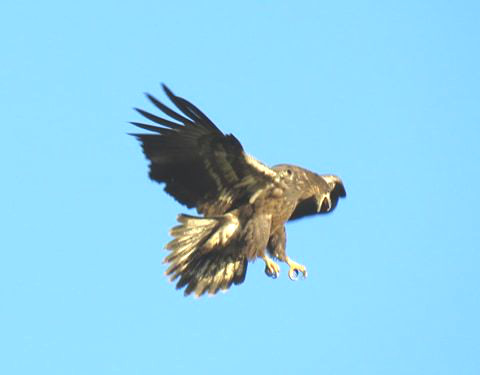GROWING YOUR BUSINESS: What makes your business special?
 by Dan Beaulieu
by Dan Beaulieu
Business consultant
You have to be better than anyone else right? Isn’t that what makes business great? That extra little thing, that special thing that makes you stand out from the rest of the crowd. Often it’s not just the product or service but what doing business with that certain company does for you; how doing business with that company makes you feel.
Apple is the perfect example of this. It has been proven they do not have the best phone on the market. When they introduced their MP3 player a few years ago. The IPod was certainly not the best player on the market, so what was it that made people and still make people for that matter camp out overnight in line to buy their latest new product? It’s the story, it’s the brand, it’s how cool it makes the buyer feel to have one of their products. That’s how Apple has become the most profitable company in the world.
Think Nike for another example. They sell sneakers that costs about six bucks to make and sell them for hundreds of dollars, and later, some of their more famous collectibles go for thousands of dollars. Heck people have been robbed and murdered over a pair of Nikes. Again, it’s all about the story, it’s all about how people feel when using their products.
The same thing goes from cars and beer and clothing and tools, and well, just about any product or service you can imagine. It’s all about the company’s story, the company’s brand and how the consumer becomes literally part of a cult when she buys into their story…she becomes part of that story, too.
This is why it is so important to develop your own story, your own brand, no matter what business you’re in.
Here are some differentiators that make companies stand out, things that make the consumer want to brag about using that company. Here are some things that drive people to buy your products and services.
• People want their friends to be impressed.
• They want to see review from past customers or users.
• They want to see success stories.
• When they see people, they respect using your products and services, and they want to join in.
• People want to know your story, neat stories worth repeating sell.
• People want to feel they are part of your company’s story.
• People are not afraid to pay more, even knowingly, too much because they so want to be part of your story.
• People want to seem unique; they want to buy something that makes them feel smart and discerning.
• And people want to be rewarded for their loyalty
So what is your company’s story? How do you stand out? What do you do that makes people want to tell their friends and family that they are so smart and discerning that they use your services or go to your restaurant or boutique? Think about it. It’s up to you if you really want to grow your business.



















